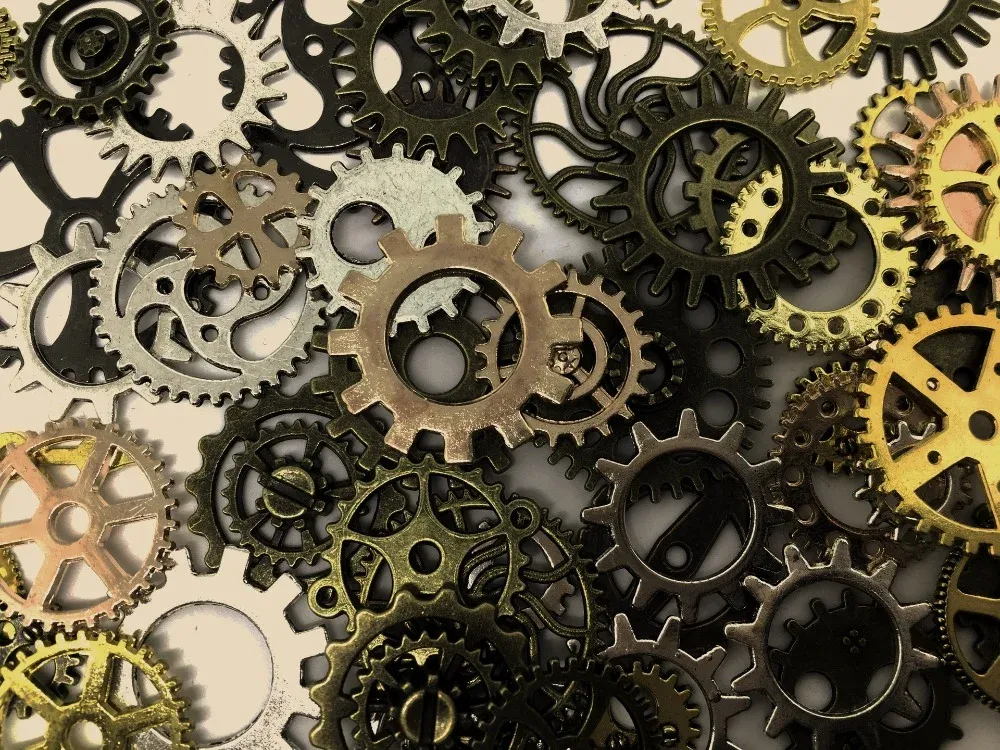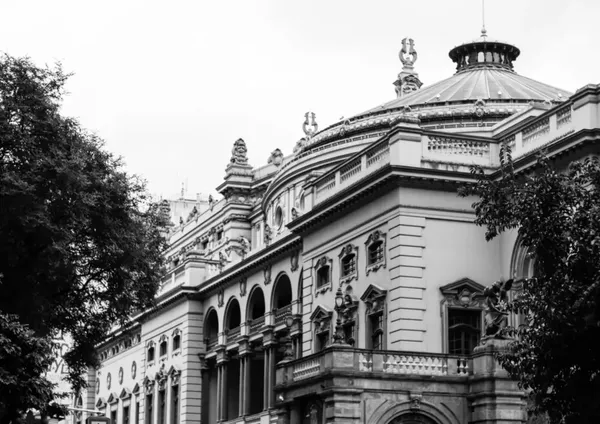
What Is Keynesian Economic Theory?
According to Keynesian economic theory, the government should increase demand in order to boost growth. Keynesians hold the belief that the primary driving force in an economy is consumer demand. Keynesian economic theory supports the expansionary fiscal policy, which uses government spending on education, unemployment benefits, and infrastructure as its main tools. One drawback of utilizing Keynesian policies, however, is that overdoing it can result in increased inflation.
Keynesian economic theory was developed in the 1930s by a British economist named John Maynard Keynes. It was intended as a solution to the Great Depression, which had not responded to prior attempts to end it. President Franklin D. Roosevelt’s famous New Deal program was based on Keynesian economics. Throughout his first 100 days in office, Roosevelt created 15 new laws and agencies, adding to U.S. debt by $3 billion. The Works Progress Administration was one of these agencies, and it gave jobs to 8.5 million people. Similarly, the Civil Works Administration resulted in 4 million new construction jobs.
Keynes’s premise is described in The General Theory of Employment, Interest, and Money, which was published in February of 1936. It was considered a revolutionary book and contained two main arguments. The first was that aggregate demand relied on government spending as a critical factor. This meant that as spending increased, demand would also increase. Keynes’s second argument was that in order to maintain full employment, government spending was necessary.
Deficit spending throughout the contractionary phase of the business cycle was something that Keynes advocated for. Recently, however, politicians have utilized deficit spending during the expansionary phase as well. An example of this is President Bush’s deficit spending in 2006 and 2007; in this case, it increased U.S. debt while creating a boom that resulted in the 2007 financial crisis. Another example is when President Trump chose to increase debt during a period of stable economic growth, which is likely to lead to a boom-and-bust cycle.
Keynesian Economics
|
Classical Economics
|
Keynesian vs. Classical Economic Theories
In classical economic theory, laissez-faire policy is promoted. This theory states that the laws of supply and demand self-regulate the business cycle in a free market. In addition, classical economic theory also argues that, when left to its own devices, capitalism will create a productive market by itself, enabling private entities to own the factors of production. There are four factors of production: labor, natural resources, capital goods, and entrepreneurship. In classical economic theory, business owners maximize their profits by utilizing the most efficient practices.
In addition, classical economic theory also promotes a limited government, which should incur little debt and have a balanced budget. Government spending can crowd out private investment and become dangerous, but this is only possible when the economy isn’t in a recession. In the case of a recession, corporate bonds compete with government borrowing, resulting in increased interest rates and more expensive borrowing. However, if deficit spending only takes place within a recession, it won’t raise interest rates or crowd out private investment.
Criticism of Keynesian Economic Theory
According to supply-side economists, boosting the economy happens as a result of increased business growth, not consumer demand. These economists do agree that the government plays a role in boosting the economy, but they believe that fiscal policy should target companies. Supply-side economists rely on deregulation and tax cuts.
Advocates of trickle-down economics state that all fiscal policy should benefit the wealthy; because the wealthy are business owners, any advantages given to them will then trickle down to everyone else.
Other critics of Keynesian economic theory include monetarists, who claim that the real driver of the business cycle is monetary policy. Milton Friedman and other monetarists blame the Great Depression on high interest rates. They’re of the belief that expanding the money supply boosts growth and ends recessions.
Socialists also criticize Keynesian economics, saying that they simply don’t go far enough. Socialists believe that the government needs to take a more active role in protecting the common welfare. To them, this means the government should own some factors of production. In many socialist countries, the government owns the nation’s education, energy, and healthcare services.
Communists are especially critical of Keynesian economic theory. This is because they believe the government should have complete control over the economy; in this way, the people, as represented by the government, own everything.
The Keynesian Multiplier
The Keynesian multiplier is a representation of how much demand is generated by each dollar of government spending. For instance, a multiplier of two results in $2 of gross domestic product, or GDP, for every $1 of spending. The majority of economists agree that the Keynesian multiple is one, which means that every one dollar the government spends adds one dollar to economic growth. Government spending must have at least this much impact since it’s a component of GDP.
Decreases in spending is another area where the Keynesian multiplier applies. According to the International Monetary Fund, a reduction in government spending during a contraction has a multiplier of at least 1.5. Governments that insist on austerity measures during a recession take away $1.50 from the gross domestic product for every $1 cut.
New Keynesian Theory
Rational expectations theorists began to argue against the Keynesian economic theory in the 1970s, saying that taxpayers would anticipate the debt resulting from deficit spending. These theorists believed that consumers would make the decision to save today in order to pay off future debt. In this way, deficit spending would spur savings, rather than increasing growth and economic demand.
The New Keynesians were inspired by the arguments of the rational expectations theory. The New Keynesian stated that fiscal policy was less potent than monetary policy. If done correctly, expansionary monetary policy would void the need for deficit spending. Therefore, central banks wouldn’t need the help of politicians to manage the economy; they would simply adjust the money supply.
Examples of Keynesian Economic Theory
- President Roosevelt used Keynesian policies to bring about the end of the Great Depression through government spending on programs for job creation. Roosevelt created child labor laws, the U.S. minimum wage, and Social Security. In addition, he instated the Federal Deposit Insurance Corporation, which insures deposits in order to prevent bank runs.
- President Ronald Reagan introduced “Reaganomics,” traditional Republican policies that involved reducing taxes and government spending. Reagan cut both the corporate tax rate and income taxes. But rather than cutting back on the national debt, actions taken by Reagan increased it by more than double. However, this did lead to the end of the 1981 recession.
- President Bill Clinton fostered a decade of prosperity through his expansionary economic policies, which created more jobs than any other U.S. president. The poverty rate dropped to 11.8%, while homeownership rose to the highest rate ever recorded at 67.7%.
- President Barack Obama introduced the Economic Stimulus Act, which brought about the end of the Great Recession. The Economic Stimulus Act spent $224 billion in healthcare, education, and extended unemployment benefits. It also created many jobs by allocating $275 billion in federal grants, loans, and contracts. This act also cut taxes by $288 billion. Obamacare reduced the rate of growth of healthcare costs as well.


